For the past month or so we've studied the traditional lives of the Kumeyaay Indians who are the original native people of San Diego county. Using what they learned in this unit, students created wonderful, beautifully detailed collages that depict life in a traditional village. They also created an online resource all about the Kumeyaay's traditional lifestyle and traditions.
0 Comments
Last week we visited the Kumeyaay-Ipai Center. Students learned about the daily lives of the Kumeyaay as they hiked through the canyon and looked at native plants, explored an ancient acorn grinding site, and participated in activities like acorn grinding, and storytelling. Check out what we learned in the following videos. Photos from the field trip are available on the class Shutterfly website too at http://mrsmckelvey.shutterfly.com. This month's genre for our Home Reading is non-fiction. I'd like you to try and read at least one non-fiction book that's related to our social studies units on geography and Native Americans or read a book related to our science unit on energy and matter. Here's a few topics you may want to read about:
Thanks to our Three Sisters Garden we have an abundance of zucchini. Mrs. Renly helped out and made zucchini bread with the students in the class. The bread was delicious. Thanks Mrs. Renly!!!!!!
Over the past month or so we've learned a great deal about the Kumeyaay Indians. We are now creating murals that depict a traditional Kumeyaay village. Last week we created a blank landscape canvas and this week we created several objects, such as e'waa and baskets, to place on the landscape. I'm wondering what objects you created and why you chose to include them in your village? What purpose did they serve? I look forward to reading your responses.
Before we went on Spring Break we planted our Three Sisters Garden. The students help to build the brick wall out of the decorated bricks. Mr. Schneider helped out and delivered a huge truckload of dirt. We created seven or so mounds all around the tipi in the dirt. On each mound we planted three bean plants and several corn seeds. At the base of each mound we planted a couple of squash plants. The plants were started from seeds in our very own school greenhouse. We have carefully, tended to them for the past month or so. We planted extra bean plants close to the tipi poles. Eventually, the beans will wind their way up the large tipi poles. We hope to harvest the vegetables before the end of the school year...and have a feast.
On Friday, March 26th, Curie held it's annual Multicultural Fair. What a fantastic event! I'm always surprised to see just how many different cultures are represented at our wonderful school--Iran, France, Canada, China, Korea, Italy, Ireland, Peru...I'm wondering which country (or region) my students enjoyed visiting the most? Go ahead and post it to our class blog. Be sure to include details about your visit.
We also had a tea party in our classroom...so that I could share a little of my own culture with the students. We had tea and scones and it was lovely. Many of the students came back for a second and third helping. Today we visited the Cabrillo National Monument on the tip of the Point Loma peninsula. It was an incredibly beautiful San Diego day. We hiked down the Bayside Trail and identified many native plants. We discovered how the Kumeyaay Indians traditionally used these plants.
Imagine you are Kumeyaay Indian living a hundred years ago. What would you do if you had a toothache? Here's a short video that shows some of the plants we found...some are even described by our friends...and how the Kumeyaay would treat a toothache. Share what you learned today by posting a comment to our class blog. In class we are reading a book called Indians of the Oaks by Milicent Lee. This books has two tales to tell. In the first tale a young white boy comes to live with the Kumeyaay, also known as the Diegueno, of Southern California. The second tales is the story of a young girl from the same tribe who learns a new kind of medicine when she falls ill and is cared for by a white doctor.
This is a fabulous book because as you read these tales you learn interesting facts about the traditional lifestyles of the Kumeyaay Indians. What interesting facts have you learned about the Kumeyaay? Please share them in a comment. |

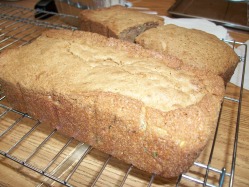
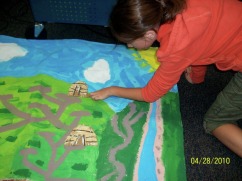
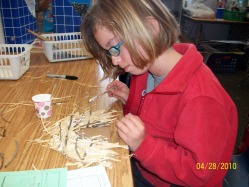
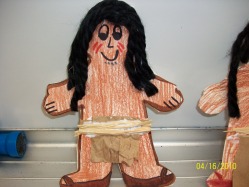
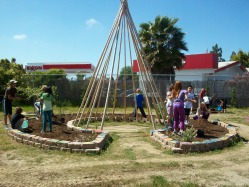
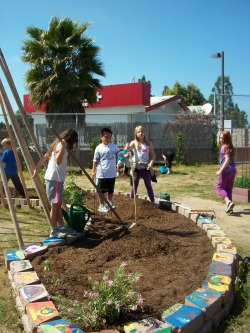
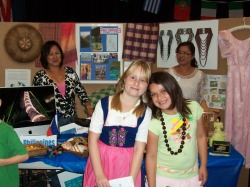
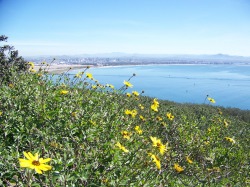
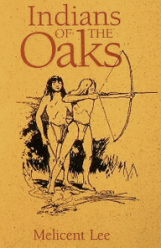
 RSS Feed
RSS Feed